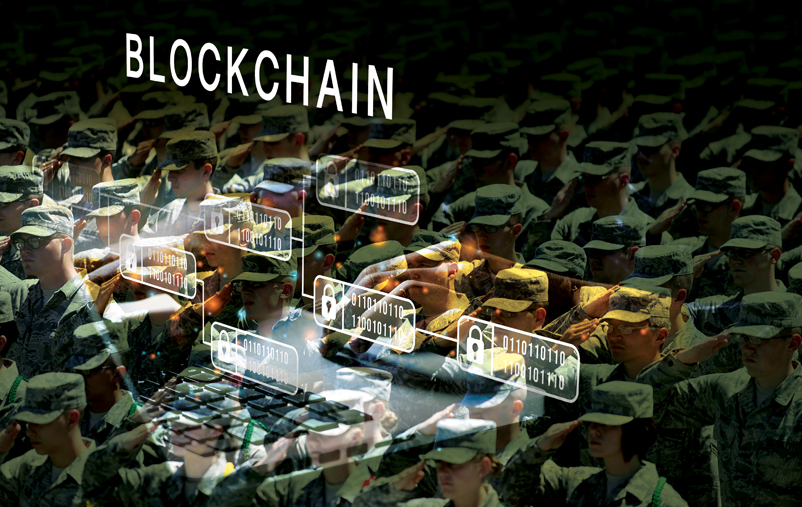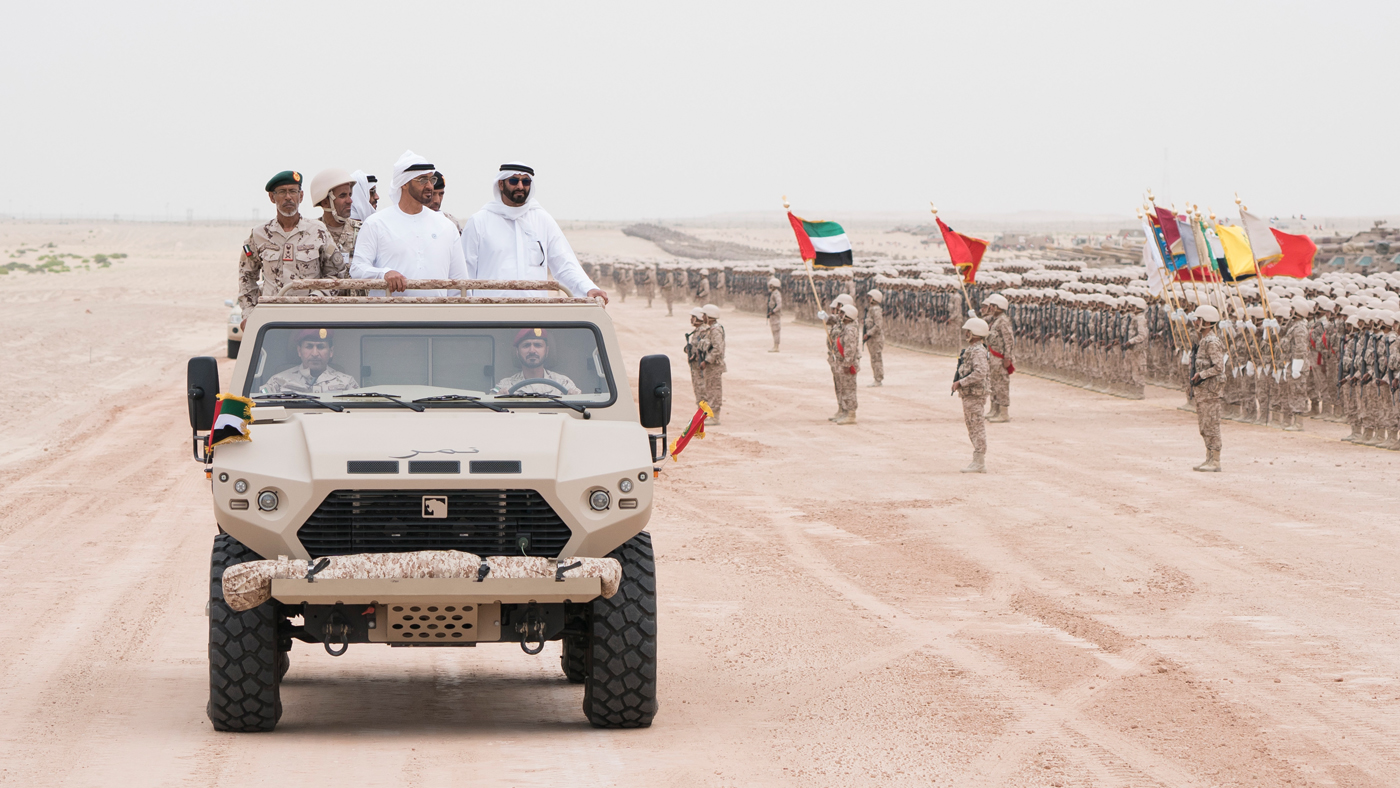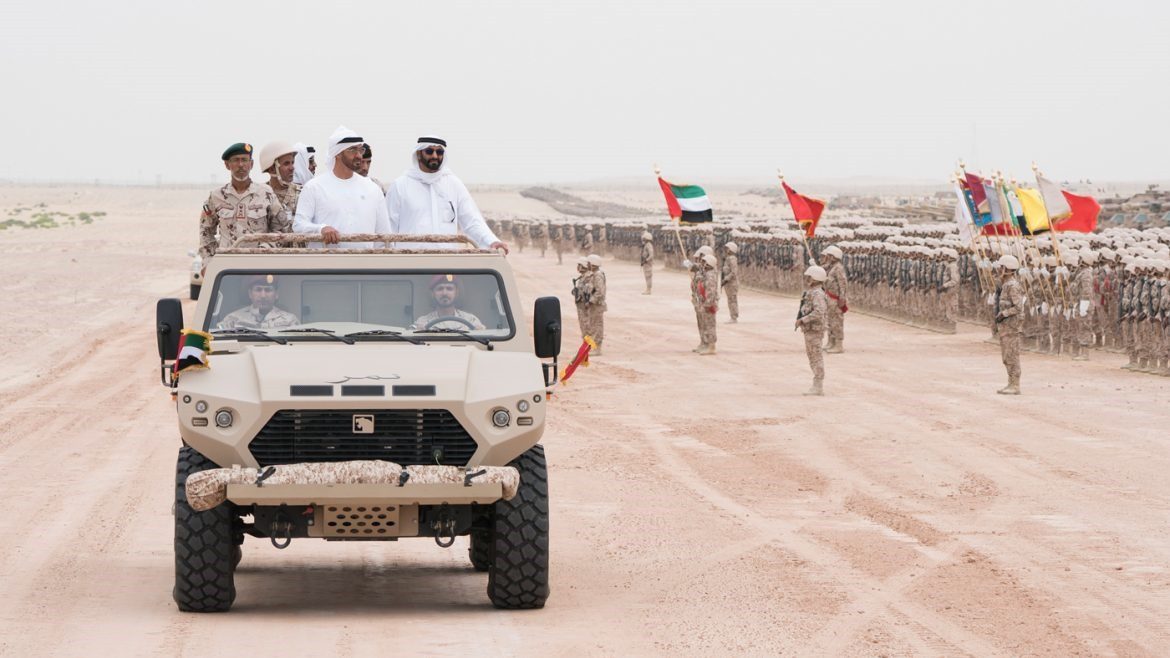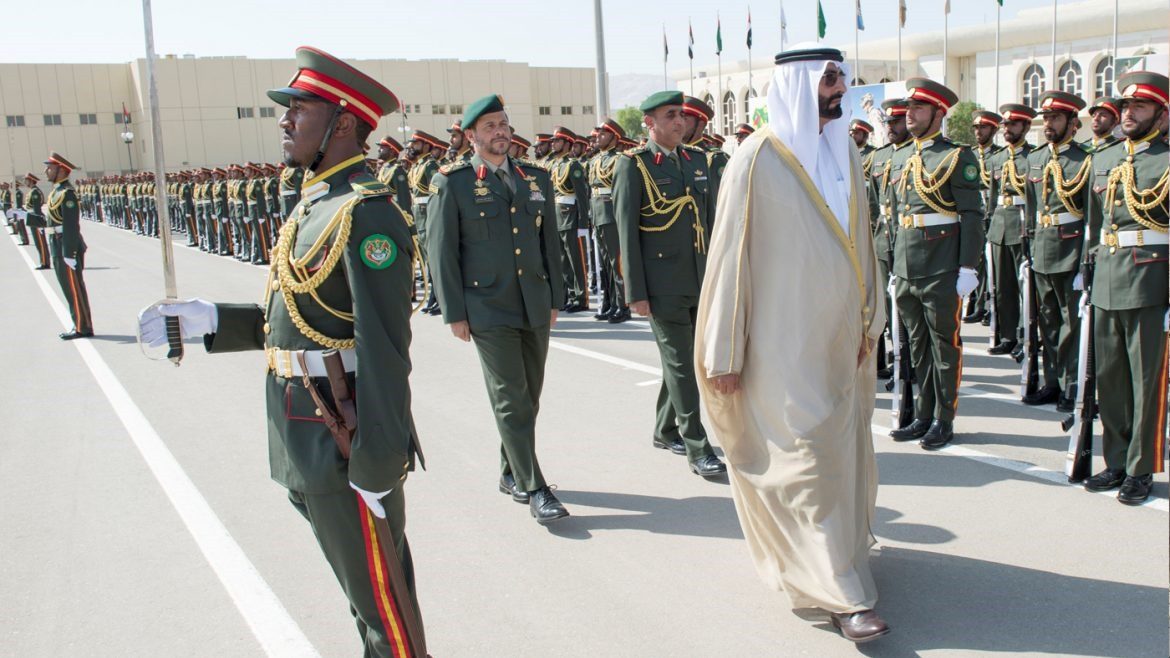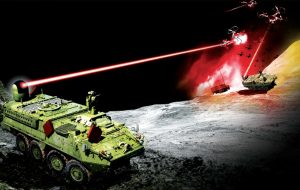Armies have always been the first to innovate and use technology, especially digital technology. Hence, significant budgets are usually allocated for research and development in this field. These digital innovations usually emerge within the military sector before reaching civilian hands. This is an extensive list of innovations that include: the internet, Wi-Fi, and GPS.
Some may argue that the increasing digitization of armies might negatively impact the traditional role of ground forces in winning battles. However, General Ray Odierno, the Chief of Staff of the US Army, stated in a speech at the annual conference of the Association of the US Army at the end of October last year (2023): “Even with the use of drones and smart bombs, wars remain clashes of human wills, ultimately requiring the deployment of ground forces in battlefields. Technology alone will not solve the problem… There is an opinion that if we stand at a distance and use highly accurate missiles, this will lead to the enemy’s surrender… in my opinion, this is a mistaken assumption.”
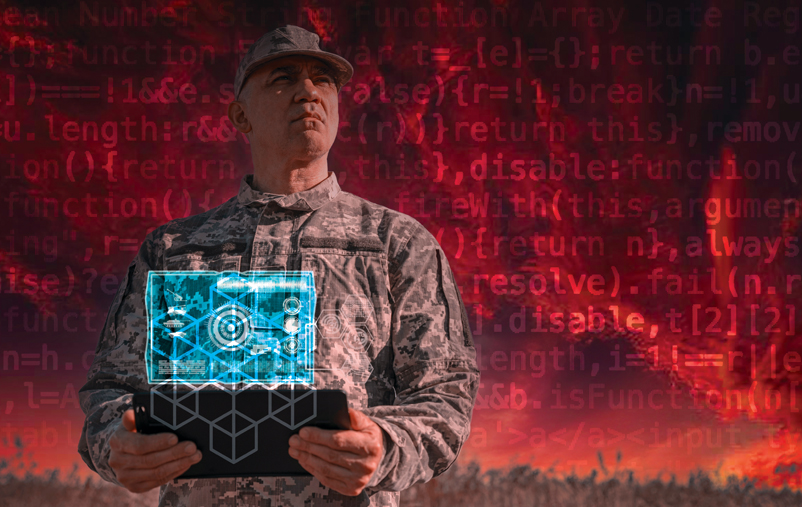
Thus, it is no surprise that armies resort to the digitization of their traditional sectors, including the land forces sector to achieve the following goals:
- Ensuring operational superiority and control of information on the battlefield.
- Enhancing support efficiency and facilitating the daily lives of employees.
- Improving relations with stakeholders and the sector’s attractiveness.
- Developing an innovation ecosystem, in addition to using emerging technologies for the ministry’s systems and applications.
- Transitioning to a leading digital player.
Like other branches of the military, the land forces sector is continuously undergoing digital transformation, aiming to improve its operations by investing in the opportunities offered by digitization and providing the latest digital services to all its employees.
This study aims to present and analyze the most important new tools for digitising the land forces sector.
First: The Increasing Use of Blockchain
Various armies have launched innovative projects integrating advanced digital technologies such as blockchain. The Chinese army has used blockchain technology to improve operations across all its branches, including the ground forces.
Through such technologies, files can be created to store military personnel data, such as basic information, their future career expectations, and the training courses they are required to complete.
This makes the evaluation and promotion of soldiers based on their performance much easier. One of the most significant advantages of blockchain technology is its immense capabilities in the following areas:
1. Addressing information vulnerabilities
Blockchain technology, being a technology for storing and transferring information, is particularly useful for armies, which produce, transmit, and rely on vast amounts of data. The benefits of using this technology include addressing information vulnerabilities using blockchain techniques, characterized by a secure distributed data ledger instead of using a centralized server prone to attacks. It also features the stability needed to maintain data integrity at all levels and protect highly confidential data.
2. Streamlining communication between institutions and maintaining information flow
Sharing information within armies is notoriously complex due to the multifaceted and interrelated nature of such institutions. Generally, sharing information involves multiple leadership levels, especially army chiefs (ground, air, naval, etc.), other army departments, and relevant state and political leadership.
In reality, coordinating between all these entities is not easy, making blockchain the ideal solution for streamlining communication and maintaining information flow and its protection from breach.
3. Safeguarding communications and information against hacking
Blockchain technology has become the cornerstone of the security of communications and information systems (CIS) used in many ground forces to ensure the confidentiality and security of information, data authentication, integration, and flexibility in access and optimal use, especially information related to operational plans, combat rules, supply plans, etc.
Moreover, using blockchain technologies, the American Defense Advanced Research Projects Agency (DARPA) continues to develop secure messaging platforms with encrypted messages that are impossible to hack, feature extremely high confidentiality standards, and prevent any third party from recognizing the sender or receiver.
4. Changing the Face of Supply Chains and Armaments
Defence experts assert that blockchain technology can drive growth and efficiency across all branches of the military, especially in institutions responsible for supply chains and armaments, which involve multiple stakeholders, particularly in ground forces. The characteristics of these technologies enable to:
- Prevent data changes without the knowledge of all involved parties.
- Make all transactions traceable.
- Prevent any one party from controlling operations from one supply chain party without the other.
- Coordinate the interactions of external and internal participants in the supply chain and armament of ground forces and military branches in general.
- Provide a secure, verifiable, and shareable record among stakeholders.
- Provide a way to view every part of the supply chain and armament in real-time.
- Identify and immediately resolve supply problems before they become widespread.
- Decentralize military production while maintaining data integrity and security.
- Monitor the workforce during operations.
- Monitor and control logistics supply operations in real-time.

One of the latest examples of blockchain applications in the ground forces sector is the FIBR²EO project for 3D printing, which aims to maintain the operational status of Ground Forces Material Support (SIMMT) and the digital sector and innovation coordination (PNI) under the French Army.
This project aims to provide 3D printing capabilities for maintenance and spare parts production for the benefit of the French ground forces sector on French territory or in external operational theatres.
The prints produced by these 3D printers are monitored through an information system also based on blockchain technology, characterized by:
1. Traceability: Tracking each use of a 3D model for printing.
2. Integrity: Verification that each 3D printed model conforms to the original file.
3. Stability: Stored files are unchangeable.
4. Transparency: Ability for each active party to view all executed operations.
Secondly: The Increasing Use of Interactive Artificial Intelligence
In 2015, Samsung developed a semi-autonomous robot to patrol the border between North and South Korea. The robot, named “SGR-I1,” patrols the border between the Koreas, and can recognize targets from two miles away.
Upon detecting infiltrators, the robot automatically orders them to raise their hands, and if they don’t comply it is programmed to fire after thirty seconds.
In recent years, there has been an increasing use of interactive artificial intelligence in the military robot industry. For example, joint experiments by DARPA and American universities have demonstrated the ability of interactive artificial intelligence to teach robots how to interact and adapt to changing conditions autonomously and instantaneously. The algorithms have shown their speed in responding to variables as well as their ability to continue self-learning.
In France, the use of interactive artificial intelligence in the military robot industry has yielded outstanding products such as:
- The PROBOT tractor robot with a basket that can be used to carry injured persons or transport materials and weapons. This robot can be operated remotely within and beyond the line of sight, with a loading capacity of up to 750 kg.
- The PROBOT armed robot integrated with a remotely operated 12.7mm FN Herstal turret. The robot’s increased firing capability and range, as well as its ability to provide complete protection for its operators from the enemy, make it a significant innovation.
- The camera-equipped NERVA robot. This robot is agile, adaptable, and has stealth capabilities, allowing it to accomplish reconnaissance, surveillance, and jamming missions with ease and efficiency.
Thirdly: The Increasing Reliance on Digital Service Applications for Ground Forces
The BNUM Digital Office affiliated with the French Army’s Digital Coordination and Innovation Centre (PNI) has developed an online application store called Milistore. It gathers links and specialized applications developed by the Ministry of Armed Forces for military personnel, such as insurance services and apps for daily needs.
It also provides security solutions for users, warning them about threats on their mobile phones. Additionally, the application allows for real-time availability and independence even in battlefield conditions.
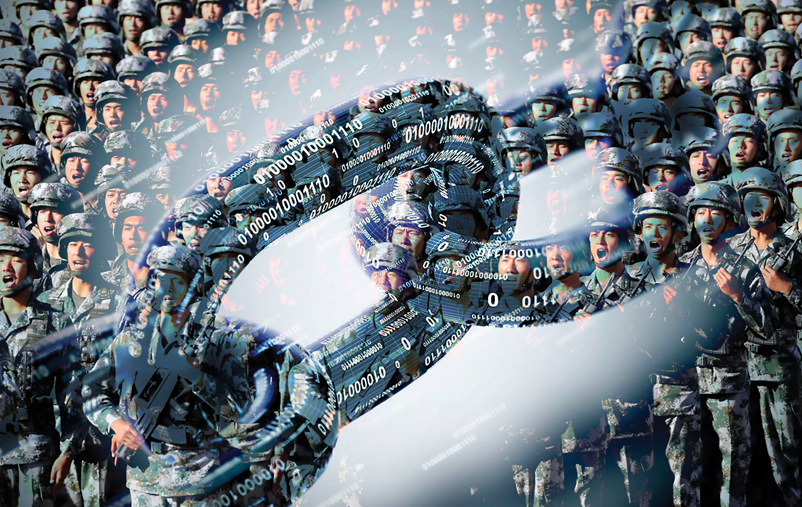
Other notable features of the application include:
- Protecting the phone from risks associated with applications or networks used by soldiers.
- Providing access to information about life in military units and army news.
- Enabling access to army services in daily procedures and professional services.
Fourthly: The Increasing Establishment of Digitally Specialized Military Formations in Ground Forces
For example, in 2024, the French Ground Forces established:
1. The Cyber and Digital Support Command for Ground Forces (CATNC)
This command is responsible for maintaining the digital and cyber cohesion of ground forces, overseeing overall performance, recruitment, and developments in the digital and cyber support fields within defensive cyber warfare. CATNC was established on January 1, 2024, as part of the French Army’s digital transformation. It embodies the shift towards a “fighting army” in digital and cyber domains, enhancing the ability to operate in multidomain operations.
It is in a constant state of readiness to support operations in digital technology and cyber surveillance, supporting the operational deployment of human and material resources to maintain the operational readiness of its subordinate units and operation headquarters. It also contributes to the army’s digital security policy and the development of cyber doctrine.
2. The Cyber and Digital Support Brigade (BANC)
Established on February 6, 2024, BANC was created in response to the rapidly evolving digital battlefield. Its mission is to operate in new conflict areas such as cyberspace or the electromagnetic and informational environment to establish a strong, organized, visible, and integrated cyber capability to assert the operational advantage and superiority of ground forces.
This is achieved by digitizing all combat platforms, combining operational and cyber kinetic measures, producing a real-time combat cloud, as well as future data processing and ensuring collaborative combat.
The French Ground Forces also established the MCO-Terre Lab in 2019, a program dedicated to innovation in ground equipment maintenance and operational preservation through maintenance digitization and predictive maintenance application innovation.
Conclusion
The digitization of ground forces relies on several key elements that will allow this sector to advance in various domains: data interpretation (data science), data security (blockchain), conflict prediction (artificial intelligence), automation of critical procedures (combat robots), and providing decision support information anytime, anywhere (cloud/5G).
Despite all this progress, it seems that digitizing the ground forces sector is not without its challenges. The German army faced a recent setback in September of last year after it failed to develop ground vehicles and equip them with digital communication devices due to specific installation problems.
Experts believe that resolving these issues may take years, indicating a failure of the German army in digitizing its ground forces despite significant investment in a crucial project.
Funded by the German Army’s special fund, this project aimed to equip 34,000 vehicles with digital communication devices delivered by the manufacturer since January 2023, yet installation remains impossible due to technical difficulties.
Furthermore, some predictions may have been exaggerated. Nearly a decade ago, Computerworld reported statements from American research engineer Scott Hartley, envisioning a future where there would likely be ten robots per soldier in the U.S. Army.
Each soldier would be surrounded by a varying number of robots, ranging from one to five, tasked with protecting them, identifying enemies, and conducting mine clearance operations.
This prediction, made in the context of the U.S. Army and Marine Corps already testing autonomous robots in combat zones, highlights the potential evolution of military operations.
All of these advancements have one goal: maintaining operational superiority. The following figure sheds light on the areas where digital technologies will see further innovation in the ground forces sector in the coming years.
» By: Professor Wael Saleh
(Expert at Trends Research & Advisory Center)


